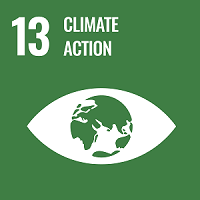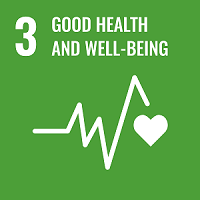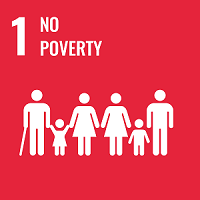Issues and Barriers of Cross-border Flow of Data

Issues and Barriers from a Business Perspective
From the perspectives of businesses, the issues and barriers on the cross-border flow of date could be categorized into i) transparency, ii) technology and standardization, iii) interoperability, iv) complementarity, and v) implementation (please refer to “IAP” page).
With respect to Transparency and Technology and Standardization, barriers that companies face in the situations involving cross border transfer of data include: overlapping regulations within a country that may be caused by digital silos among domestic regulators, legal transparency issues resulting from the multi-layered nature of regulatory requirements; legal stability issues due to frequent changes in these requirements and related research costs on the part of companies, challenges resulting from regulators’ lack of understanding of the business realities of data transfers to third countries; significant costs associated with obtaining certification for data handling, and lack of a clear definition of cross-border transfers, personal data, etc.
Voices of the Industry
- When software and product development, etc., is conducted at sites around the world, dealing with the differences in legal systems for the cross-border transfer of personal information is a major issue. Particularly, there are products that require the collection of a wide range of information that is difficult to separate from personal data, such as medical data.
- Information is shared across multiple research sites with time differences so that development can continue around the clock. But as cross-border transfer regulations become more and more fragmented accompanied by different interpretations and guidelines, making it difficult to identify the content of obligations, thereby R&D would have to be closed or transferred to the other region.
DFFT to Achieve Sustainable Development Goals
The reuse of data and sharing between government entities as appropriate is critical to tackling aging society and public health challenges with more accurate preventive care, mitigating increasing costs. Free data flows can also help address pollution, climate change, and other sustainability objectives by minimizing waste and increasing traceability across sustainable supply chains. As such, efficient and open access to data is essential for tracking and enabling the delivery of many Sustainable Development Goals (SDGs).
Curbing Climate Change

Reducing the Carbon Footprint
Scope 3) Emissions outside company’s own operations account for more than 80% of emissions in most business sectors. What’s needed is end-to-end value chain transparency and sharing of actual and verified emissions data, not estimates or averages, down to the individual product and supplier level.
Regulating AI in Curbing Climate Change
A growing number of startups are using AI to work on climate change. The ethical use of cross border data flows is critical for the development of AI.
Predictive Climate Modeling
Cross-border flows of data are also critical to predictive climate modeling, which focuses on a wide range of climate risks, including hurricanes, typhoons, wildfires, floods, droughts, and their collateral impacts— such as property damage and supply chain disruptions.
Deliver Better Healthcare

Curb Pandemics
During public health emergencies, such as Covid-19 pandemic, interoperability between national and subnational health data management systems becomes increasingly important to curb the spread of infection.
Clinical Trials Data Sharing
It is increasingly common for clinical trials to be conducted in multiple regions simultaneously, requiring the cross-border transfer of clinical study data associated with the trial.
Promote Telemedicine
The use of electronic information and telecommunications technologies to support and promote remote clinical healthcare delivery and health-related education for patients and professionals.
Reduce Data Inequality

Large gaps are already opening up between the data haves and have-nots. Many people are excluded from the new world of data and information because of language, poverty, lack of education, lack of technology infrastructure, remoteness or prejudice and discrimination. A wide range of actions is needed, including building the capacity of all countries, especially the Least Developed Countries (LDCs), Land-locked Developing Countries (LLDCs), and Small Island Developing States (SIDS).
SDG logo, including the color wheel, plus 17 sdg icons guidelines for use